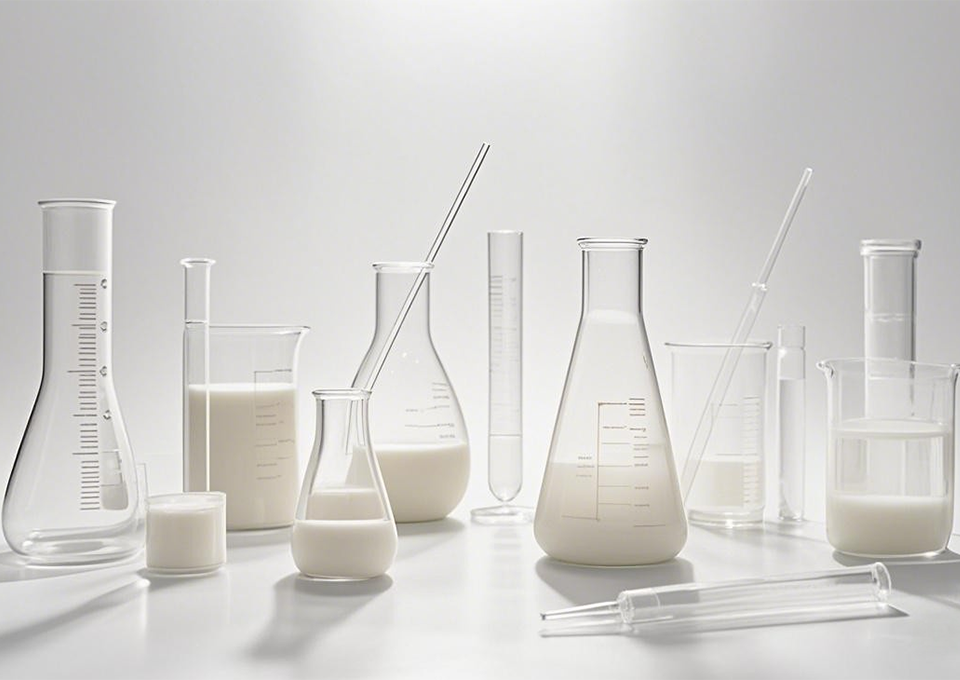La estructura química de la emulsión de acrilato es un sistema complejo constituido por partículas de polímero dispersas en agua, estabilizadas por emulsificantes. Las partículas de polímero se forman mediante la polimerización de monómeros acrílicos, siendo el acrilato de 2-etilhexilo (2EHA) un monómero clave, conocido por su larga cadena alquílica que aporta flexibilidad al polímero. Otros monómeros, como el acrilato de metilo o el acrilato de butilo, pueden copolimerizarse con 2EHA para ajustar propiedades tales como dureza, temperatura de transición vítrea (Tg) y adhesión. Las cadenas de polímero dentro de las partículas tienen un esqueleto de unidades repetitivas derivadas de los monómeros, con grupos funcionales que influyen en propiedades como polaridad y reactividad. Los emulsificantes, que son agentes tensoactivos, se adsorben en la superficie de las partículas de polímero, reduciendo la tensión superficial y evitando la agregación, estabilizando así la emulsión. El tamaño de partícula, generalmente entre 50 y 500 nanómetros, se controla durante la polimerización y afecta propiedades como viscosidad, formación de película y brillo. La fase acuosa de la emulsión actúa como medio de dispersión, haciendo que el producto sea a base de agua y respetuoso con el medio ambiente en comparación con alternativas a base de disolventes. Agentes de entrecruzamiento pueden incorporarse en la estructura del polímero para formar enlaces químicos entre cadenas, mejorando propiedades como resistencia al agua, resistencia al calor y durabilidad. E Plus Chemical Co., Ltd. manipula esta estructura química mediante una tecnología avanzada de polimerización catalítica, ajustando las proporciones de monómeros, el tamaño de partícula y los niveles de entrecruzamiento para crear emulsiones de acrilato con propiedades específicas adaptadas a aplicaciones concretas, desde cintas médicas flexibles hasta recubrimientos exteriores duraderos. Comprender la estructura química es esencial para optimizar el rendimiento de la emulsión en diversas aplicaciones finales.
